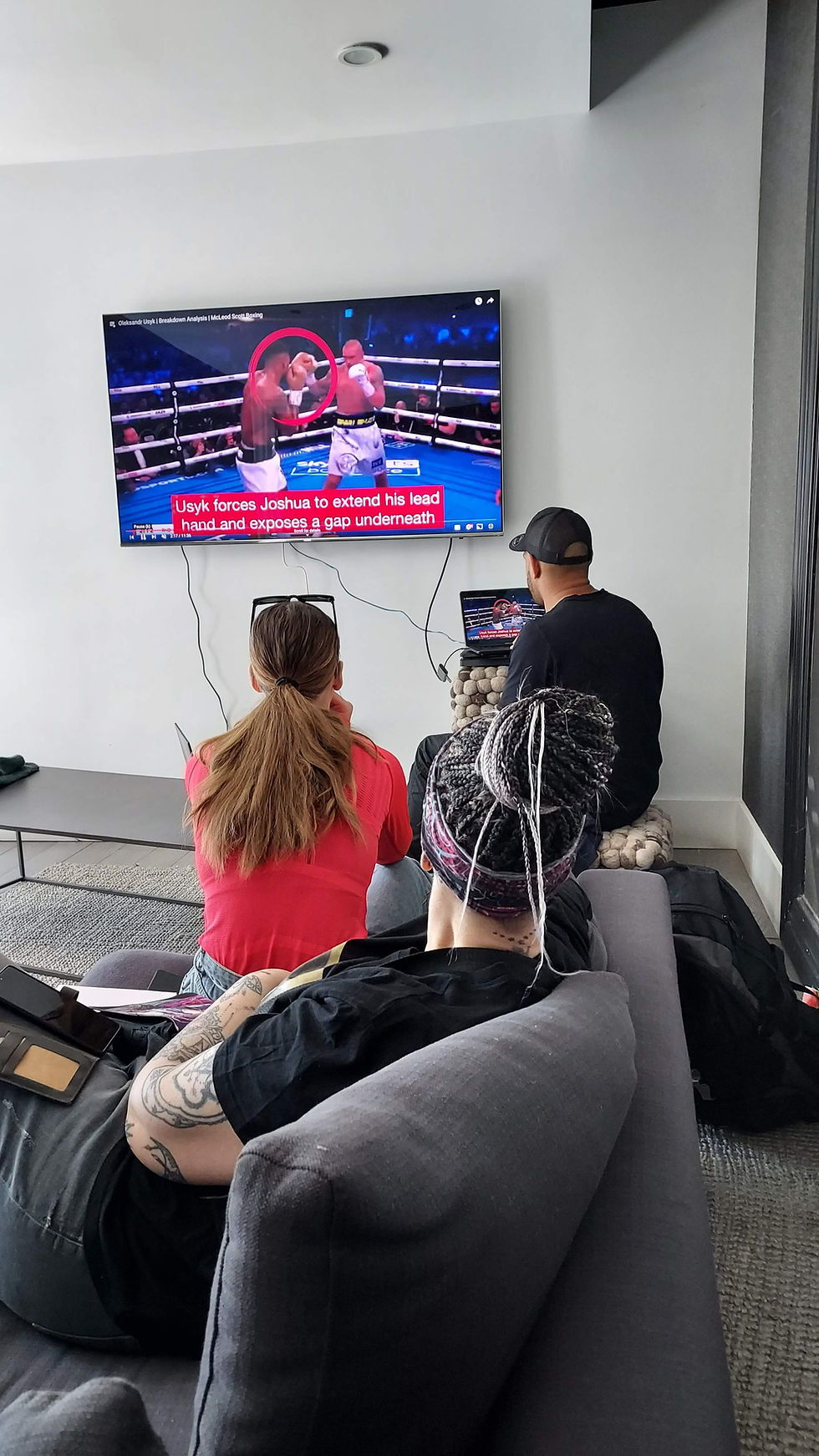Mastering Corrections And Clarifications: Best Practices For Journalists And Writers

Table of Contents
Understanding the Difference Between Corrections and Clarifications
Before diving into the process, it's crucial to understand the distinction between corrections and clarifications. A correction addresses a factual inaccuracy, requiring immediate redress. This might involve a misspelled name, an incorrect date, or a misrepresented statistic. Conversely, a clarification addresses potential misinterpretations or provides additional context to a previously published piece. It doesn't necessarily mean the original statement was wrong, but it might have been unclear or lacked sufficient detail.
- Correction Example: "In our previous article, we incorrectly stated that the event took place on July 15th. The correct date is July 22nd."
- Clarification Example: "To clarify our earlier reporting on the company's financial performance, we would like to add that the projected growth figures are based on current market conditions and may be subject to revision."
Choosing between a correction and a clarification depends on the nature of the issue. A blatant factual error demands a correction; a nuanced point requiring further explanation calls for a clarification. A robust corrections policy and a clear clarification policy, integrated into your overall approach to journalistic ethics, are vital. This ensures consistent and transparent handling of errors.
Developing a Robust Fact-Checking Process
Proactive fact-checking is the cornerstone of accurate reporting. Don't rely solely on a single source; always strive for multiple, independent verifications. This is fundamental to upholding journalistic integrity.
Here are practical steps for a thorough fact-checking process:
- Multiple Sources: Consult at least two reliable and independent sources to corroborate information.
- Source Verification: Verify the credibility and expertise of your sources.
- Cross-Referencing: Cross-reference information across various sources to identify inconsistencies or biases.
- Technology's Role: Utilize technology to enhance fact-checking. Plagiarism checkers ensure originality, while reverse image searches can verify the authenticity of visuals.
Implementing fact-checking best practices also involves creating clear checklists, conducting internal reviews, and fostering a culture of meticulous attention to detail.
Crafting Effective Corrections and Clarifications
When an error occurs, promptness and transparency are paramount. Delay only exacerbates the problem.
Guidelines for writing effective corrections and clarifications:
- Be Prompt: Address errors as soon as they are identified.
- Be Clear and Concise: Use plain language, avoiding jargon or overly technical terms.
- Be Non-Defensive: Focus on correcting the error without making excuses.
- Avoid Repeating the Error: Carefully rewrite the corrected or clarified passage to avoid perpetuating the initial mistake.
- Communicate with Sources: If the error involves a source, communicate with them to address any concerns.
Analyze correction examples and clarification examples from reputable news organizations to learn from their approach to effective communication and adherence to media ethics.
Best Practices for Online Corrections and Clarifications
The digital landscape presents unique challenges. The speed and reach of online publishing, combined with the permanence of online content, demand specific strategies for handling corrections.
- Prominent Display: Corrections should be prominently displayed on websites and social media platforms, using clear and easily noticeable language.
- Updating Archived Articles: Ensure that corrections are applied to archived versions of articles, maintaining accuracy throughout the online record.
- Metadata Management: Use metadata to effectively track and manage corrections and updates, allowing for easier retrieval and auditing of changes. This is crucial in digital journalism.
These strategies are vital for maintaining credibility and transparency in your online corrections and managing the impact on your social media corrections and website updates.
Learning from Mistakes and Improving Your Process
Even the most experienced journalists and writers make mistakes. The key lies in learning from these errors and continuously refining your process.
- Error Analysis: Regularly review past errors to identify recurring patterns and weaknesses in your fact-checking and editing processes.
- Team Feedback: Encourage open communication and feedback within your team to improve collaboration and identify potential errors before publication.
- Professional Development: Invest in ongoing training and professional development to enhance your skills in fact-checking, writing, and editing.
By embracing continuous improvement, fostering a culture of accountability, and engaging in regular error analysis, you can significantly reduce the frequency of errors and enhance the accuracy of your work. Consider journalist training programs and resources to further develop your skills.
Conclusion: Mastering Corrections and Clarifications for a Credible Reputation
Mastering corrections and clarifications is essential for building trust, avoiding legal complications, and establishing a credible reputation. By implementing the best practices discussed—from robust fact-checking procedures to the crafting of clear and prompt corrections—you can ensure accuracy, maintain journalistic integrity, and strengthen your position as a reliable source of information. Make a commitment today to improve your process of mastering corrections and clarifications, enhancing both your credibility and the trustworthiness of your work.

Featured Posts
-
 Multi Million Dollar Nfl Heists Chilean Migrants Indicted
Apr 30, 2025
Multi Million Dollar Nfl Heists Chilean Migrants Indicted
Apr 30, 2025 -
 Super Bowl Lvii Blue Ivy Carters Fashionable Appearance Garners Attention
Apr 30, 2025
Super Bowl Lvii Blue Ivy Carters Fashionable Appearance Garners Attention
Apr 30, 2025 -
 Boxing And Survival Training Now Offered In Mathias Colomb Cree Nation
Apr 30, 2025
Boxing And Survival Training Now Offered In Mathias Colomb Cree Nation
Apr 30, 2025 -
 As Festas De P Diddy Um Documentario Com Donald Trump Beyonce E Jay Z
Apr 30, 2025
As Festas De P Diddy Um Documentario Com Donald Trump Beyonce E Jay Z
Apr 30, 2025 -
 Na Sveti Valentin Iva Ekimova Podkrepya Dscherya Si Na Kontsert
Apr 30, 2025
Na Sveti Valentin Iva Ekimova Podkrepya Dscherya Si Na Kontsert
Apr 30, 2025
Latest Posts
-
 Key Moments Duponts Masterclass Secures Frances Win Over Italy
May 01, 2025
Key Moments Duponts Masterclass Secures Frances Win Over Italy
May 01, 2025 -
 France Vs Italy Rugby A Detailed Match Report Featuring Dupont
May 01, 2025
France Vs Italy Rugby A Detailed Match Report Featuring Dupont
May 01, 2025 -
 Neispricana Prica O Prvoj Ljubavi Zdravka Colica
May 01, 2025
Neispricana Prica O Prvoj Ljubavi Zdravka Colica
May 01, 2025 -
 Duponts Impact France Dominates Italy In Rugby Match
May 01, 2025
Duponts Impact France Dominates Italy In Rugby Match
May 01, 2025 -
 Rugby Highlights Duponts Key Role In Frances Victory
May 01, 2025
Rugby Highlights Duponts Key Role In Frances Victory
May 01, 2025
